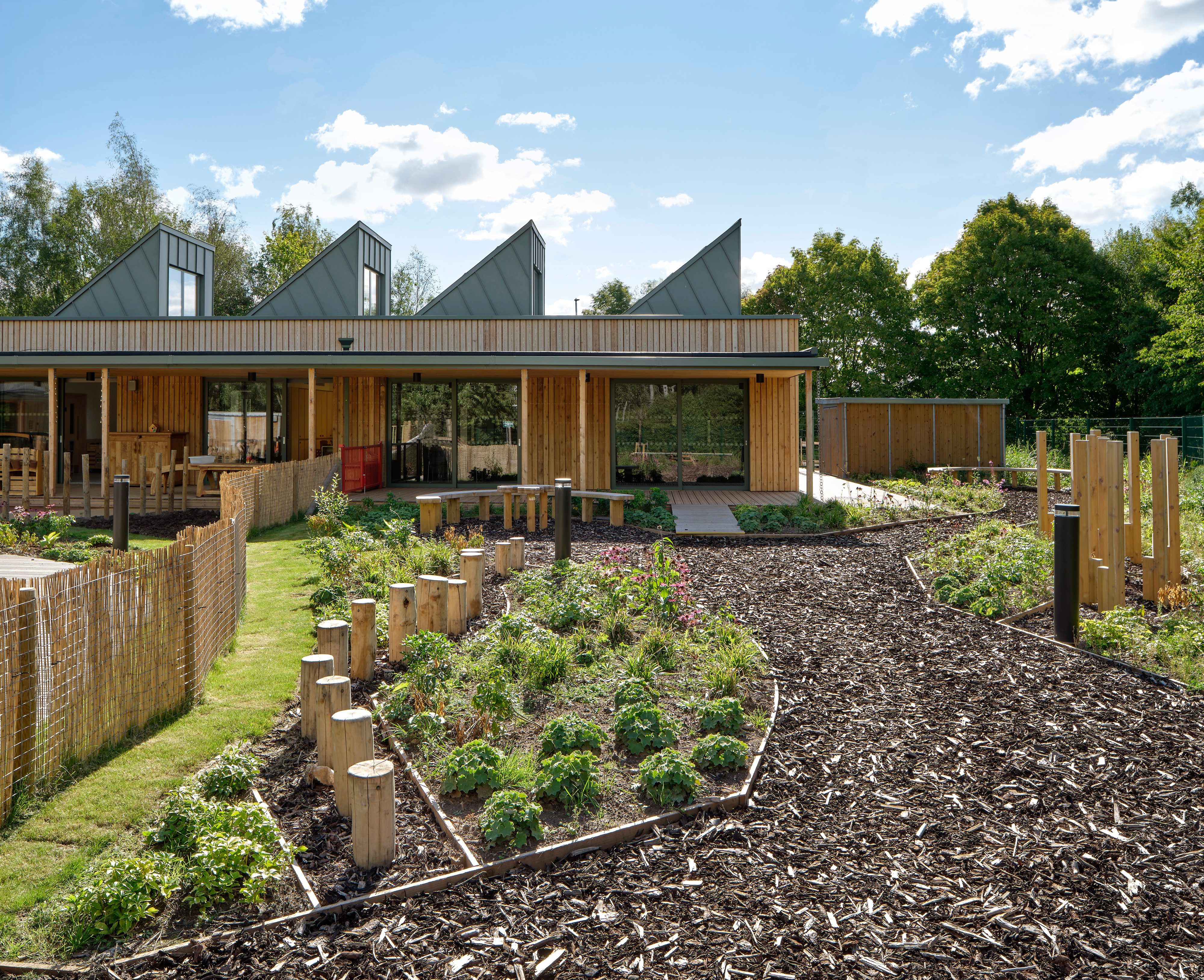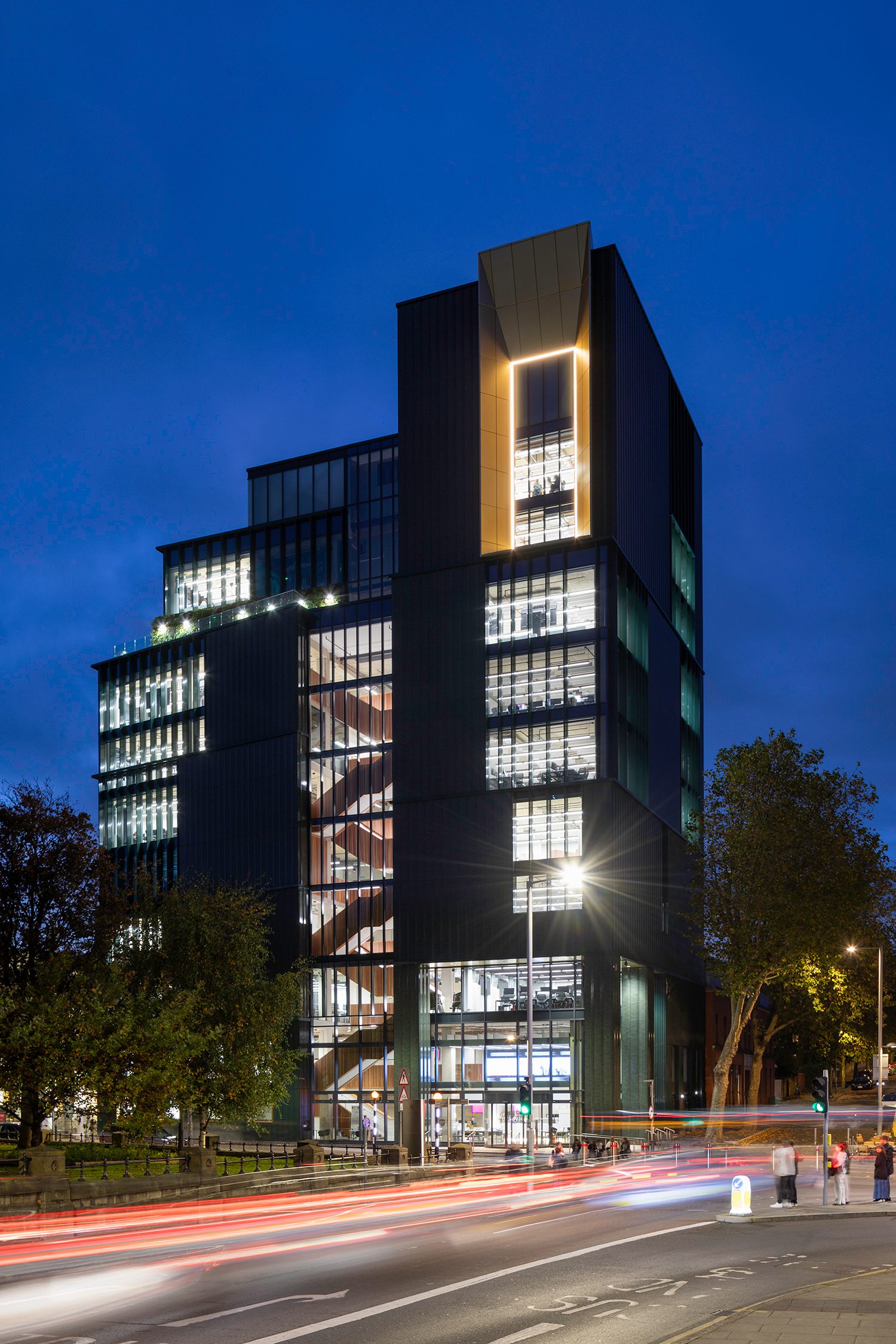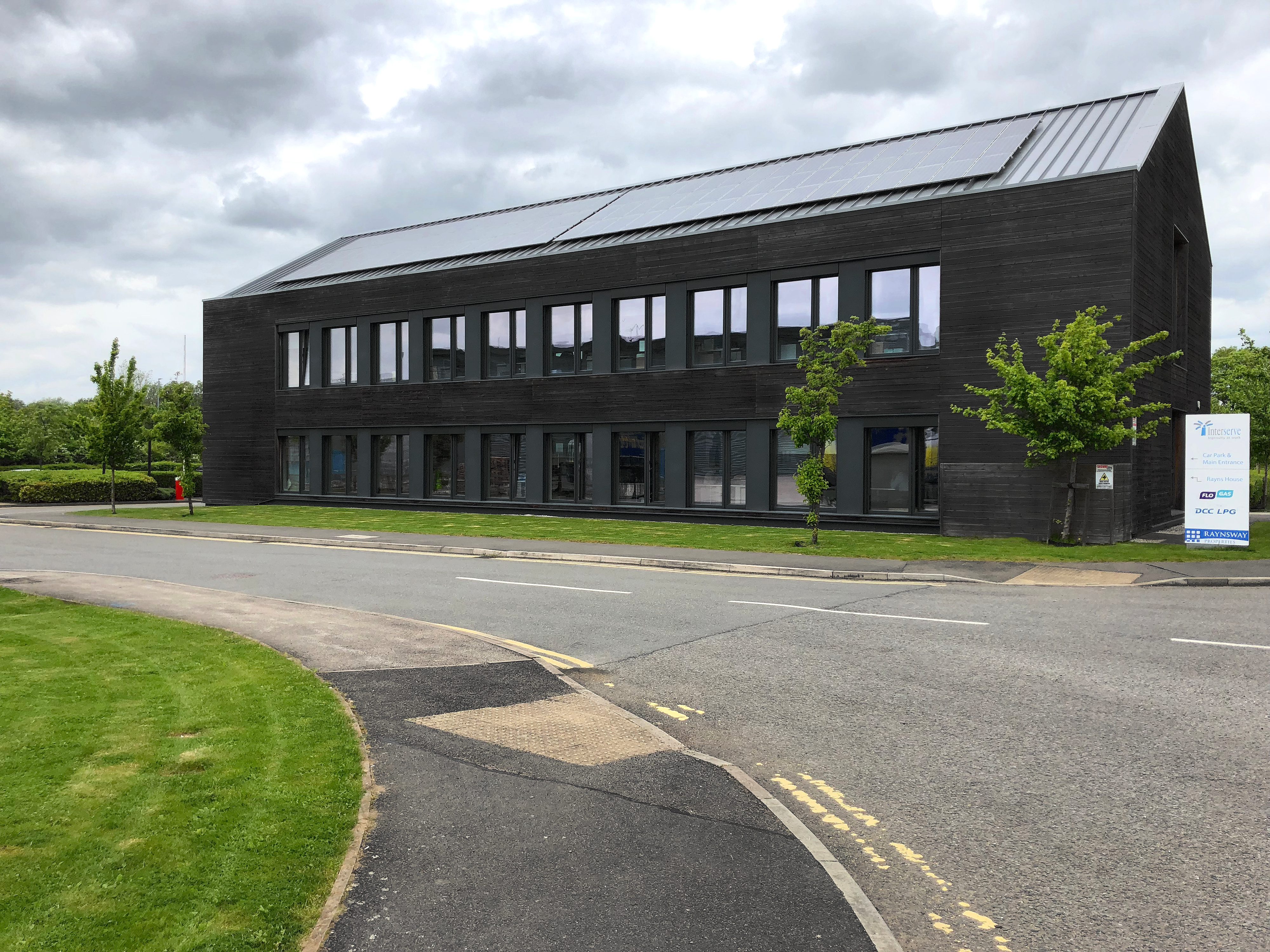
09 Oct 2025
We spoke with Associate Tom Ridley-Thompson about his leadership of CPMG’s Low Carbon Design Working Group - a forum dedicated to sharing best environmental and low-carbon practices across our projects.
The group plays a key role in helping our teams explore practical ways to improve sustainability across the practice. Our steps may be small for now, but every one of them brings us closer to our greater goal: designing a truly sustainable future.
What is the Low Carbon Design Group, and why was it set up?
It was established to share best environmental and low-carbon practices across projects and to explore ways we can improve sustainability as a practice.
How does the group fit into the wider practice and our design process?
The group operates practice-wide, independent of individual project teams. Its aim is to provide additional guidance and support to enhance project design processes.

What does “low carbon design” mean to us as a practice? ‘Carbon’ (more precisely CO2 ‘equivalent’ usage) is increasingly important in evaluating the environmental performance of buildings both in terms of the embodied carbon of the building fabric and the carbon used in running / refurbishing / replacing the building in future. Lowering the carbon usage in these aspects is the key driver in mitigating global warming and climate change.
What are the group’s main aspirations for the next 5–10 years? To keep improving the environmental performance of all aspects of our building designs, quite a wide remit!
Are there particular benchmarks or standards the group is working towards? The RIBA 2030 Climate Challenge performance standards are the main performance benchmarks we are working to achieve and we are starting to record where our projects are in relation to these.

How do you see low carbon principles shaping the way we design now and in the future? Sustainability is increasingly integrated into every aspect of design. In the future, it will be so embedded that it will become standard practice.
What role does collaboration (with clients, contractors, engineers) play in driving down carbon in our projects? It absolutely relies on collaboration between all of those parties mentioned, as well as the end users of the building who need to be informed on how best to run the building to achieve the as-designed performance.
How do we balance sustainability ambitions with client needs, budgets, and practical constraints? This is the biggest challenge as clients are faced with many considerations to balance. If a sustainable option can be presented that also has other benefits (reduced upfront or running costs, lower maintenance, higher market value and desirability) it will be much more likely to be adopted.
What small steps can architects and designers take today to make a big impact tomorrow? Focusing on improving the material specification is a relatively simple way of improving the sustainability performance across diverse projects.
Are there any recent projects or case studies that highlight where we’ve embedded low carbon thinking? We look to embed low carbon thinking in all our projects. This is particularly apparent in our school projects where low carbon thinking informs the spatial arrangement to maximise daylight, efficiency in material use, highly insulated fabric to reduce energy in use and extensive provision of renewable energy systems to offset the residual energy use.
What inspires the group - are there innovations, materials, or approaches you’re particularly excited about? We are particularly interested in looking at materials that will reduce the embodied carbon in building projects, for instance the amount of CO2 released in the production and supply of concrete (which has many benefits) can be significantly reduced by careful selection of the ingredients and supply methods.

Looking Ahead
What challenges does the industry face in truly achieving net zero? We need to become more methodical and honest in our measurement of carbon in order to more reliably measure that we are achieving something that is approaching or achieving ‘net zero’.
How do you see the Low Carbon Design Group evolving as part of our practice in the future? We hope that we continue to build up momentum in our core focus areas but also hope it will become increasingly diverse as individuals feel empowered to pursue their own areas of interest.